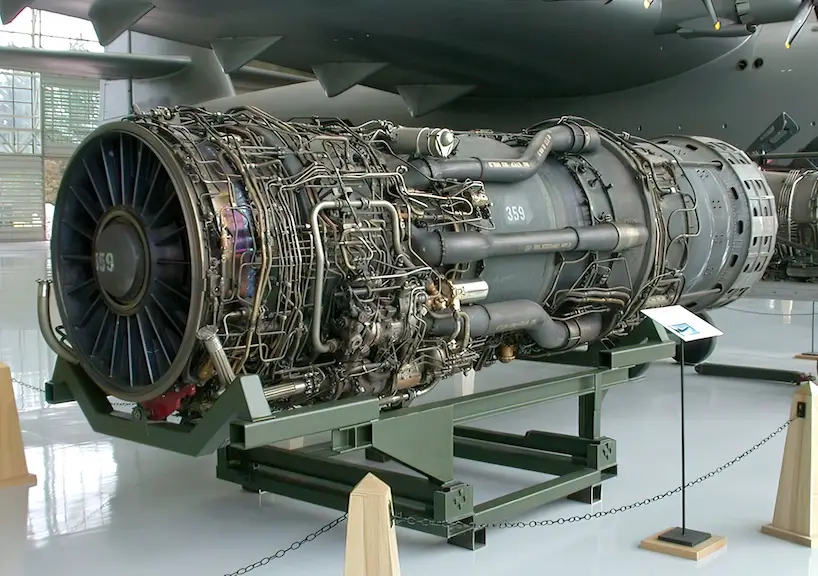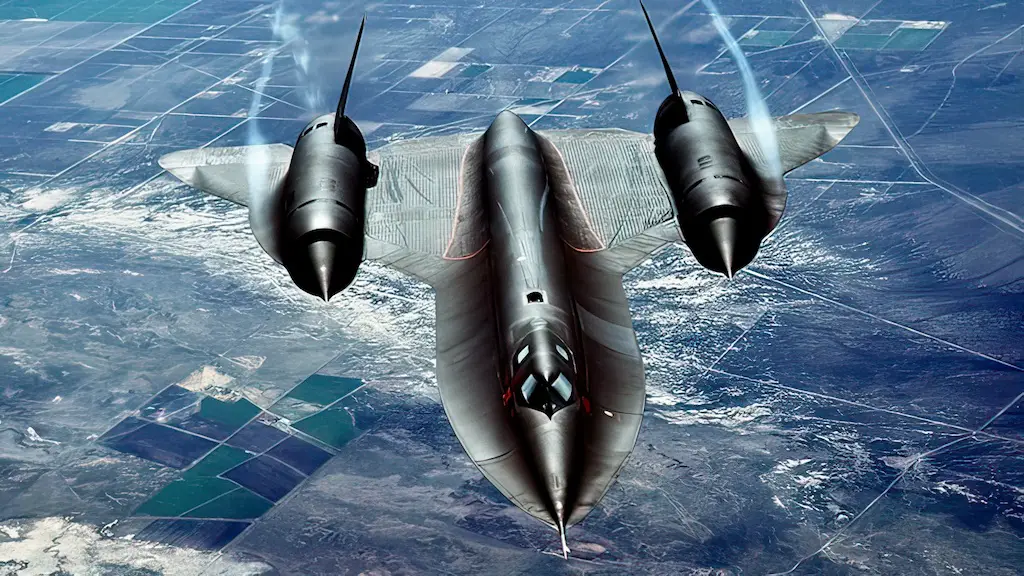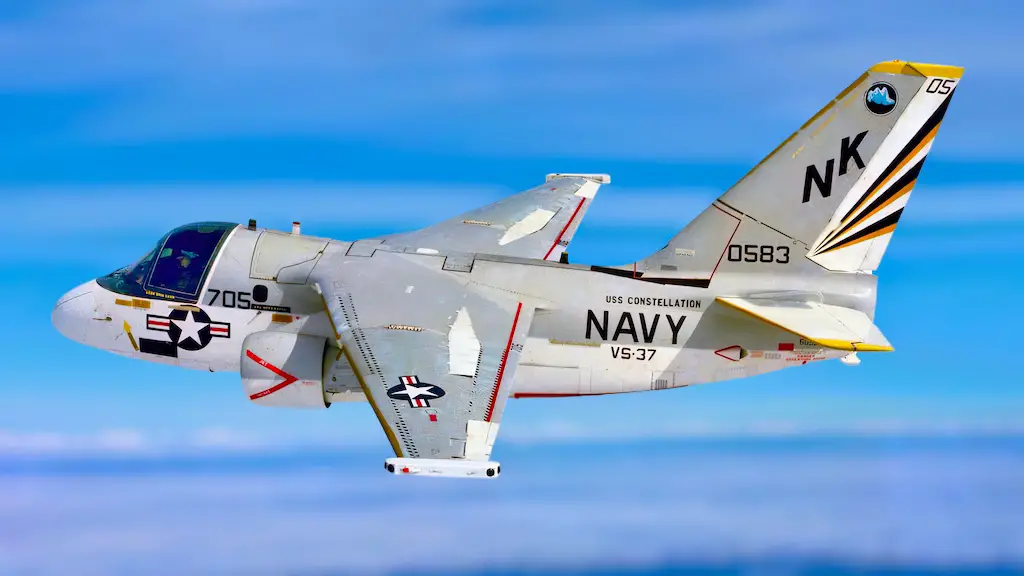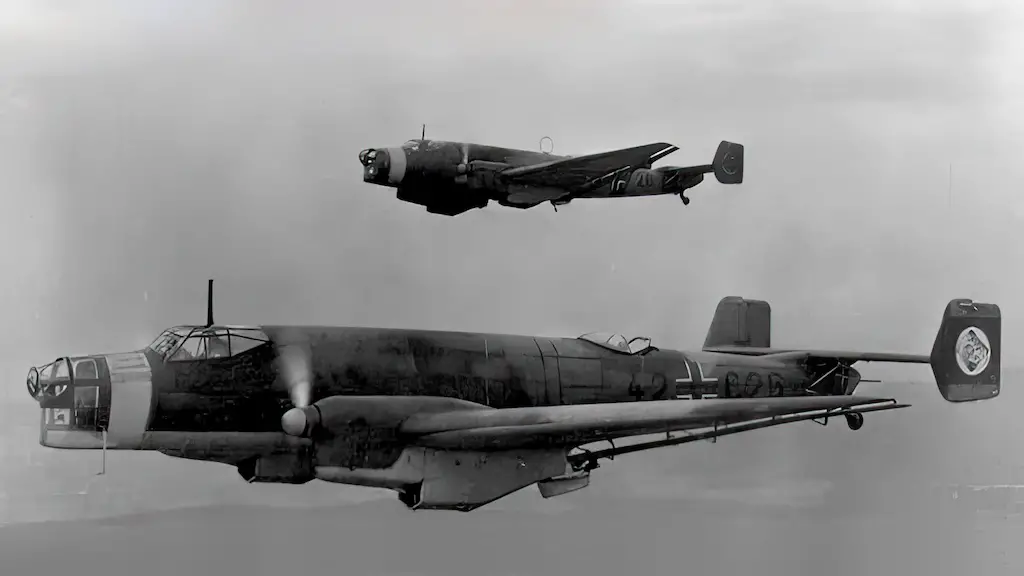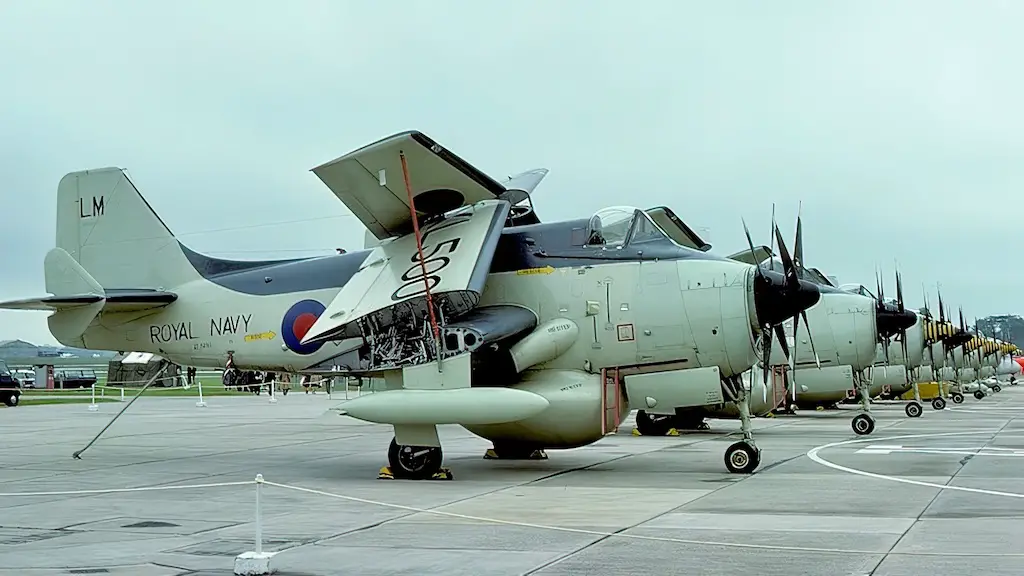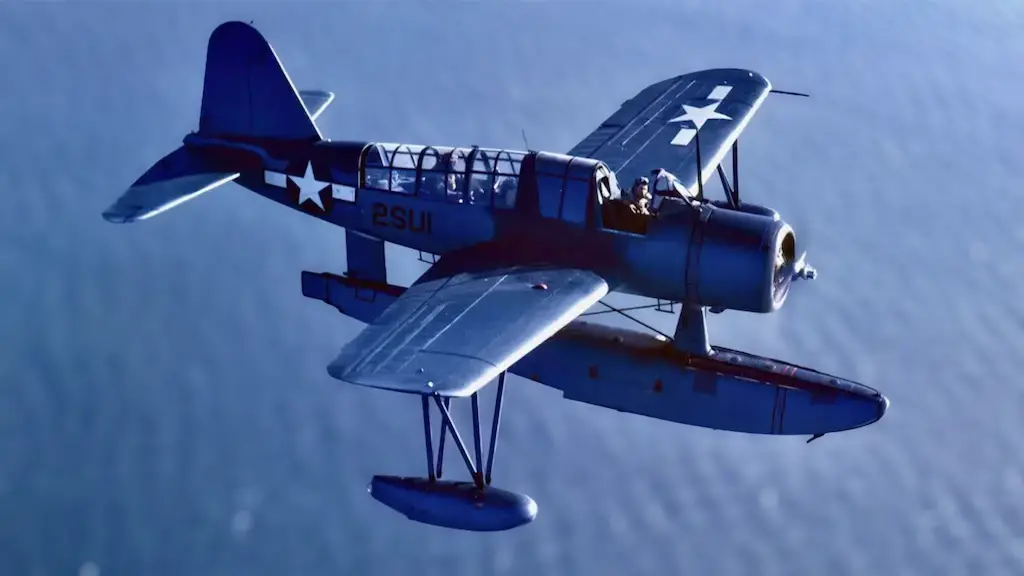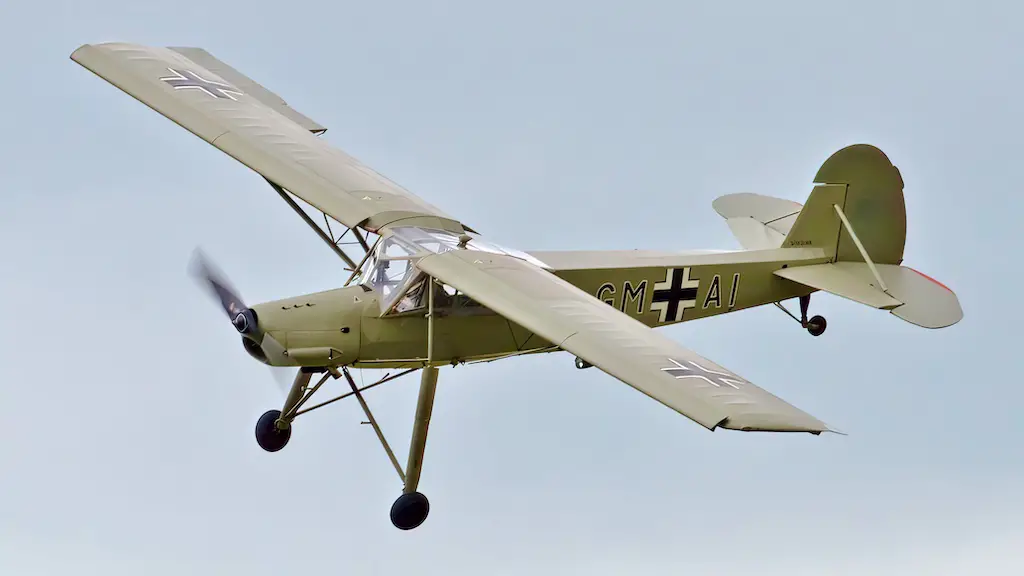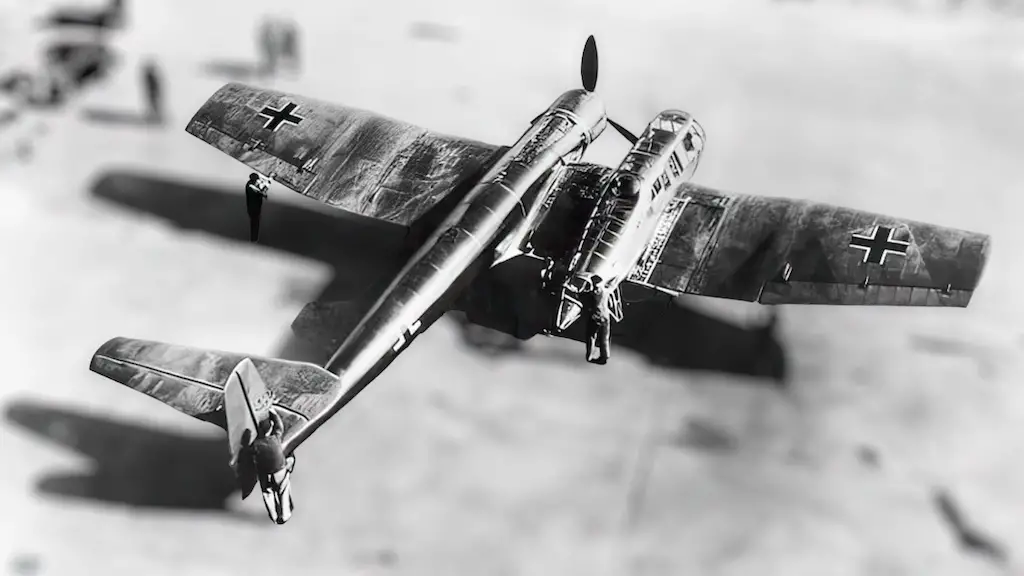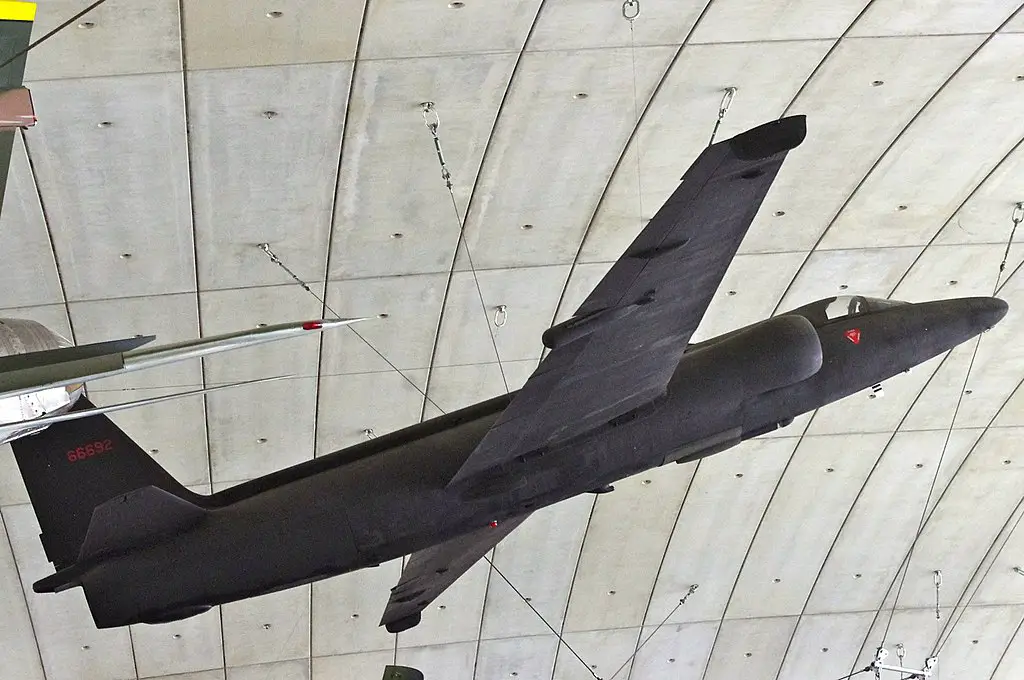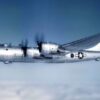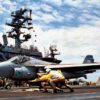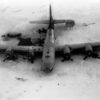Reconnaissance plane requirement
After an incident with a USAF U-2 spy plane in 1960, the US government needed a reconnaissance plane that could fly even higher but it also needed to outrun any missile and fighter launched against it. The answer to this requirement was to be the incredible SR-71 Blackbird.
It looked closer to an alien spaceship than an aircraft. It was made of titanium to withstand the high temperatures from flying at 2,200mph and had a futuristic profile making it difficult to be detected by radar. Even the specially engineered black paint used, full of radar-absorbing materials, helped it hide from enemies and any potential threats.
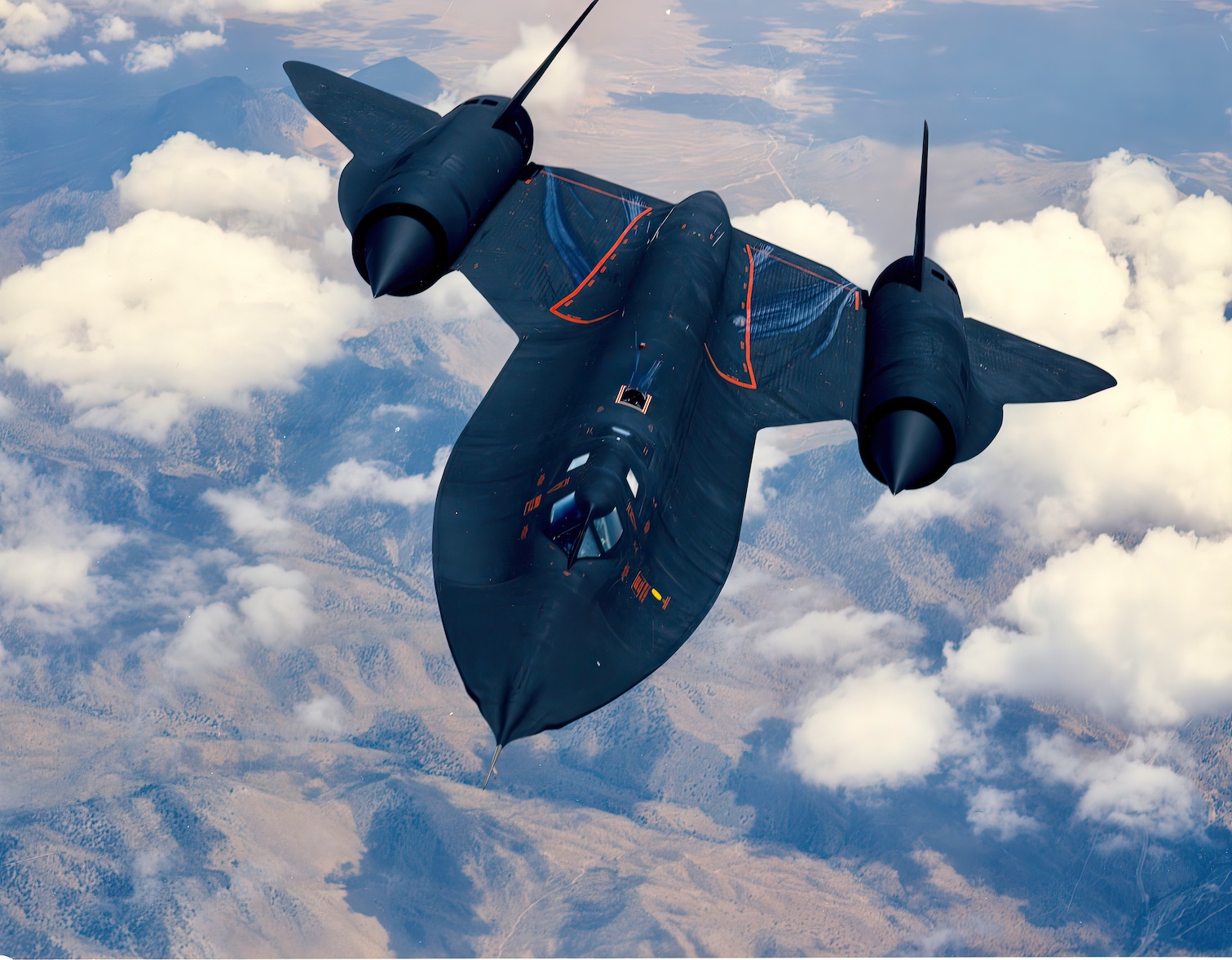
Legendary status achieved
Lockheed SR-71 Blackbird has been one of the most legendary planes of all times, above all due to its incredible speed, 2,300 mph or Mach 3, although its abilities to fly at high altitudes and be invisible to radars are just as impressive. The Blackbird is known to be the fastest manned aircraft ever built.
It could literally get away from an air-to-air missile by outpacing it, and SR-71 crews actually have done that in combat. However, the very quality which made it so unique and famous, also made SR-71 one of the most impractical and expensive manufactured aircraft engineered, ultimately leading to its retirement.
It’s all heating up
Flying at Mach 3 through the air, even comparatively not so dense air at 85,000 ft, creates a lot of friction and, therefore, a lot of heat. So much heat, in fact, that standard approaches to the design of jet aircraft just could not be applied in the creation of SR-71. This bird needed everything special.
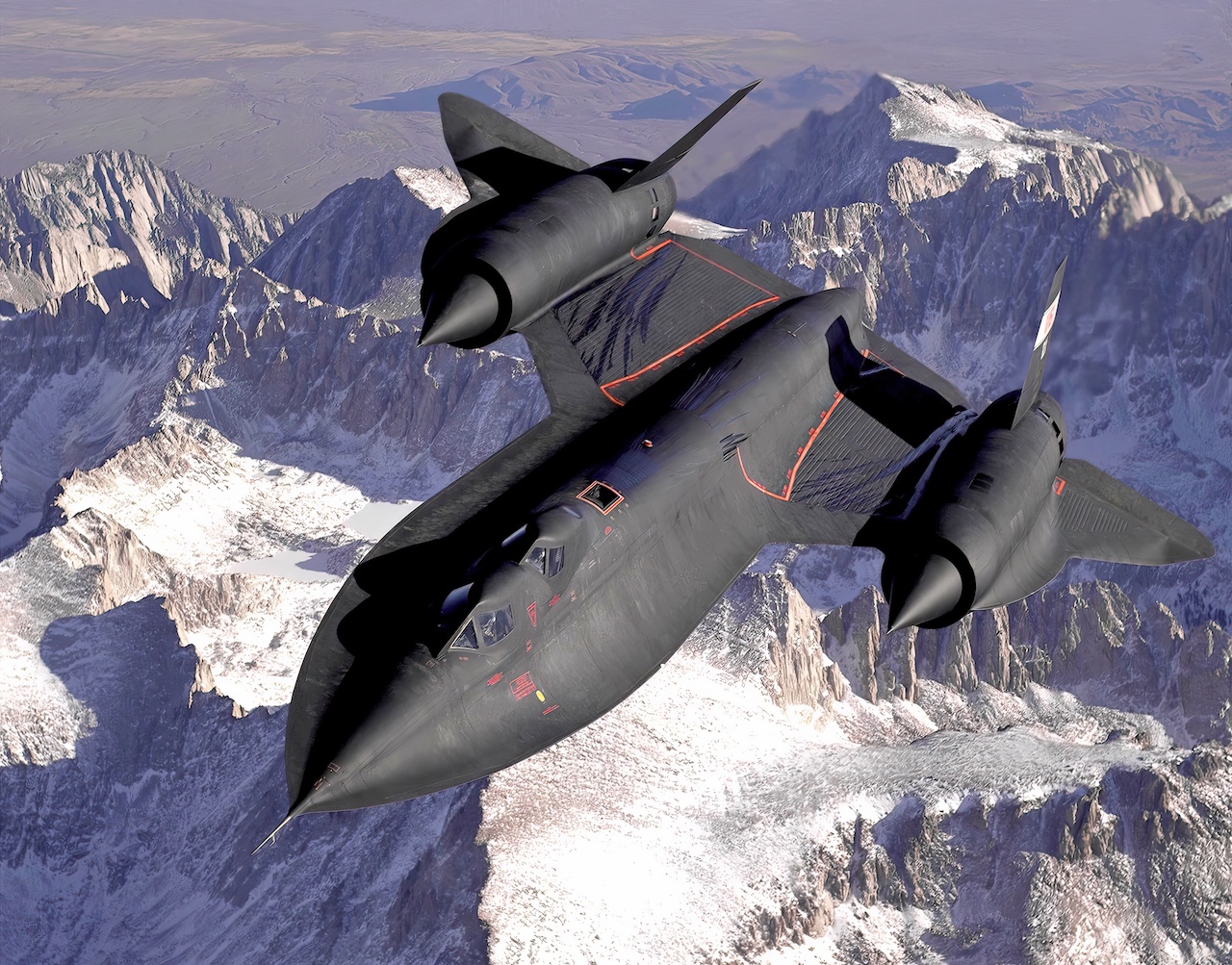
Still hot stuff
At such speeds certain parts of the aircraft are exposed to temperatures reaching 600 °F. While SR-71’s airframe was mostly aluminum, about 85% of its skin was made of titanium and titanium alloys in order to make sure that it withstands such heat. The use of titanium, in turn, required the use of special tools during maintenance.
It’s not just the surface of the aircraft that would heat up tremendously, but also the fuel and it is fumes inside the tanks, making them very volatile and potentially explosive. Hence, SR-71 required a special brand of fuel with low volatility, JP-7, and nitrogen to create inert atmosphere in the tanks.
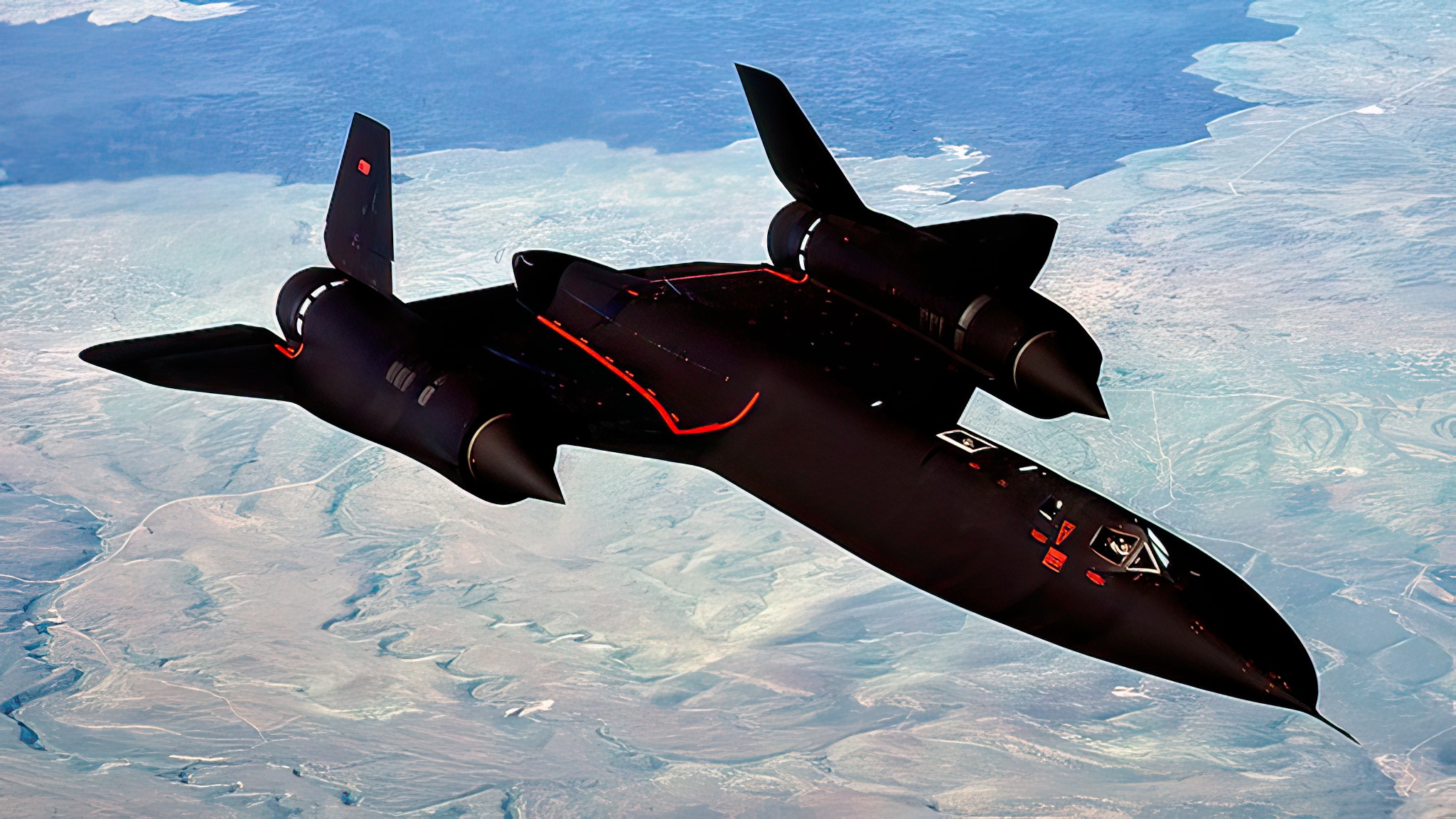
The Soviet Union helped build the Blackbird
Cadmium-plated steel tools were harmful to the precious material, so titanium tools had to be manufactured. On a related note, the U.S. didn’t have the necessary supplies of rutile ore to produce enough titanium at the time, so it had to procure it from the USSR, its chief Cold War adversary, employing intricate schemes in third countries.
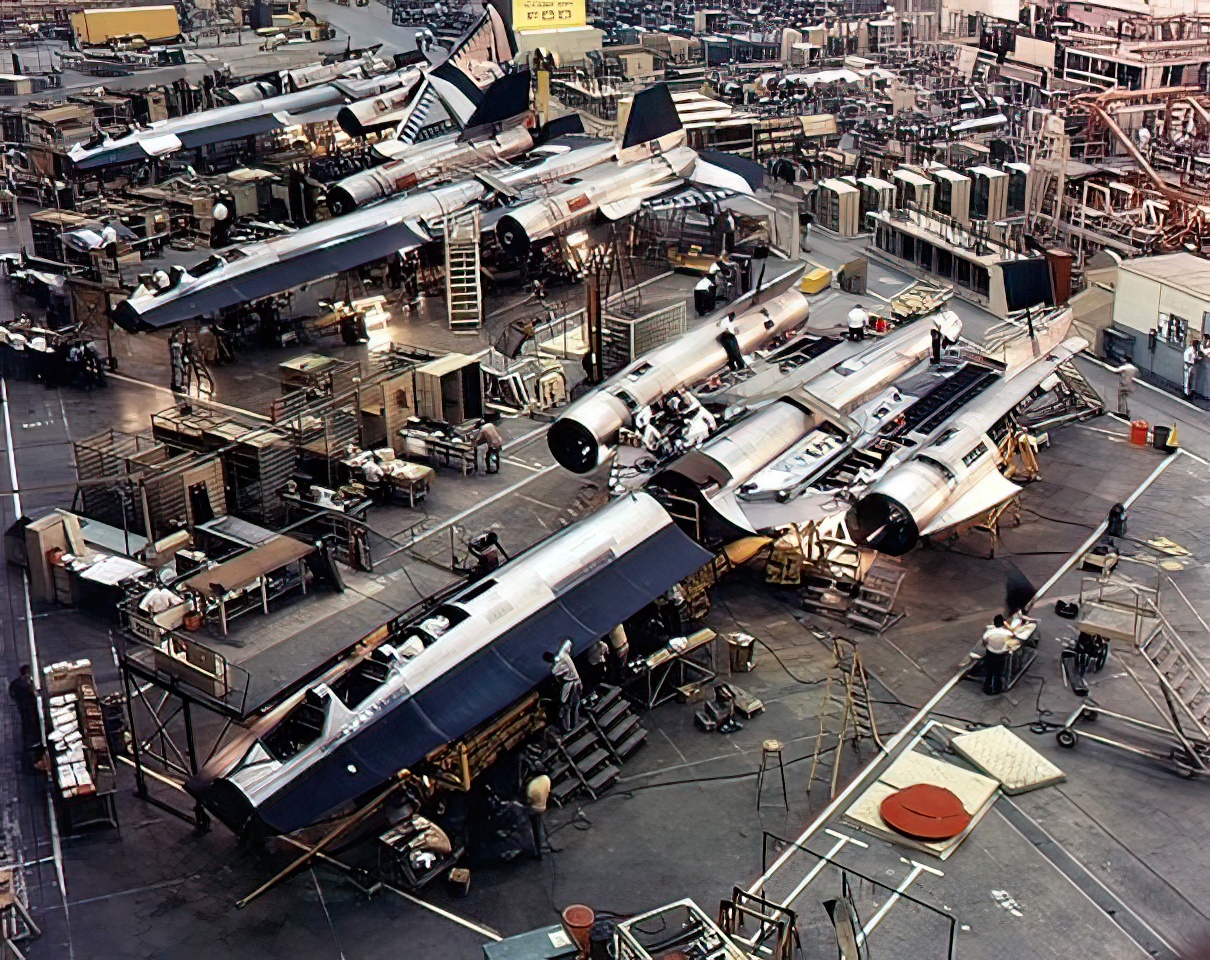
Can’t take the pressure
Just to give one more illustration of how special SR-71 was, it’s worth mentioning that its pilots wore pressure flight suits specially designed for the Blackbird and resembling those of astronauts, because standard oxygen masks and flight suits would not provide the necessary level of safety in an emergency at such a high altitude.
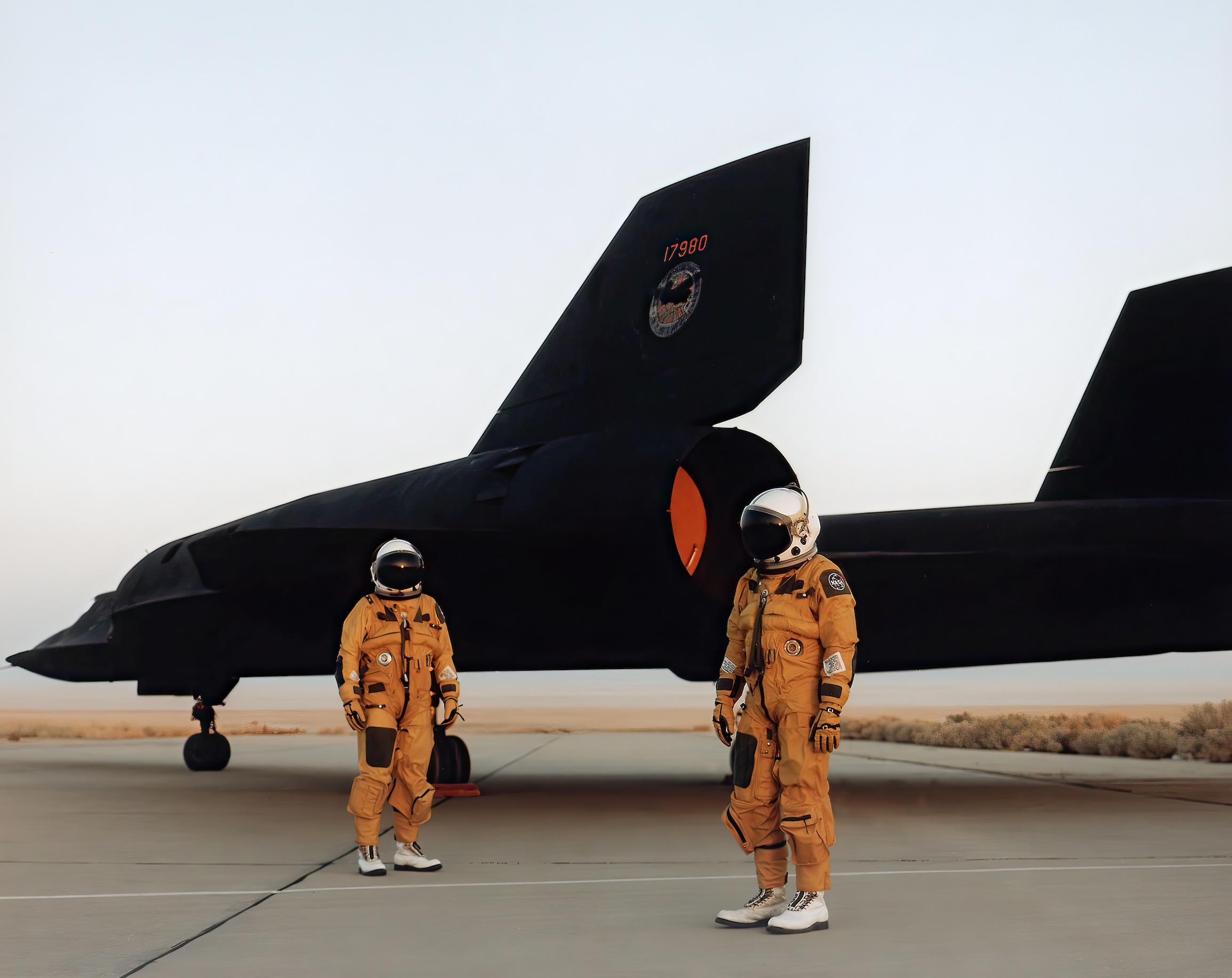
Technological breakthrough
The work on SR-71 started in 1958 and its maiden flight was completed in 1964, it was a groundbreaking success, considering that less than two decades had passed since the world saw first serially manufactured jet aircraft. Besides being a technological breakthrough, the Blackbird was, indeed, in very high demand at the time. Just four years earlier a Lockheed U-2 piloted by Gary Powers was downed by a SAM missile over the Soviet Union.
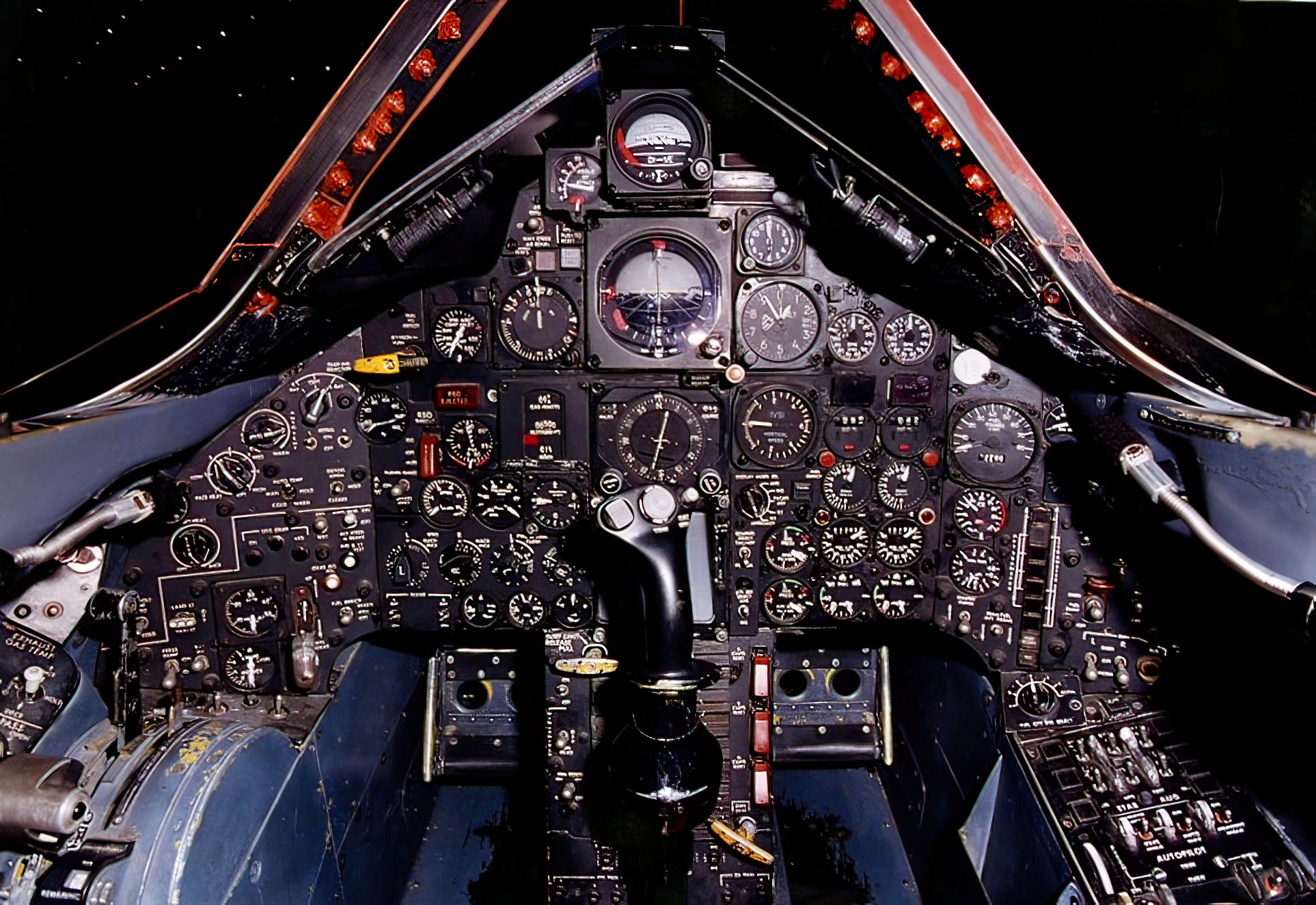
Operational costs
The CIA and USAF needed an aircraft completely invincible both to ground-to-air missiles and interceptors and SR-71 satisfied their needs. However, as time went by and other means of gathering intelligence evolved, first and foremost spy satellites, SR-71’s operation costs increasingly outweighed its usefulness, turning it into a precious but costly extravagant toy. No wonder that by 1998 the aircraft was taken out of service, remaining a legend in the hearts of its numerous fans.
